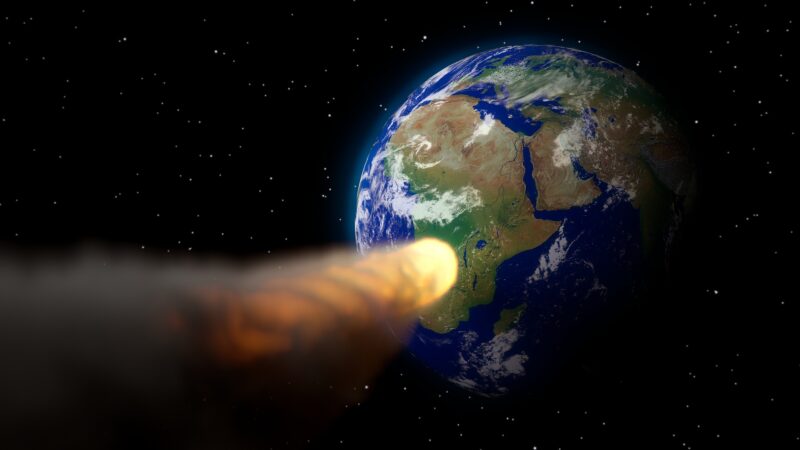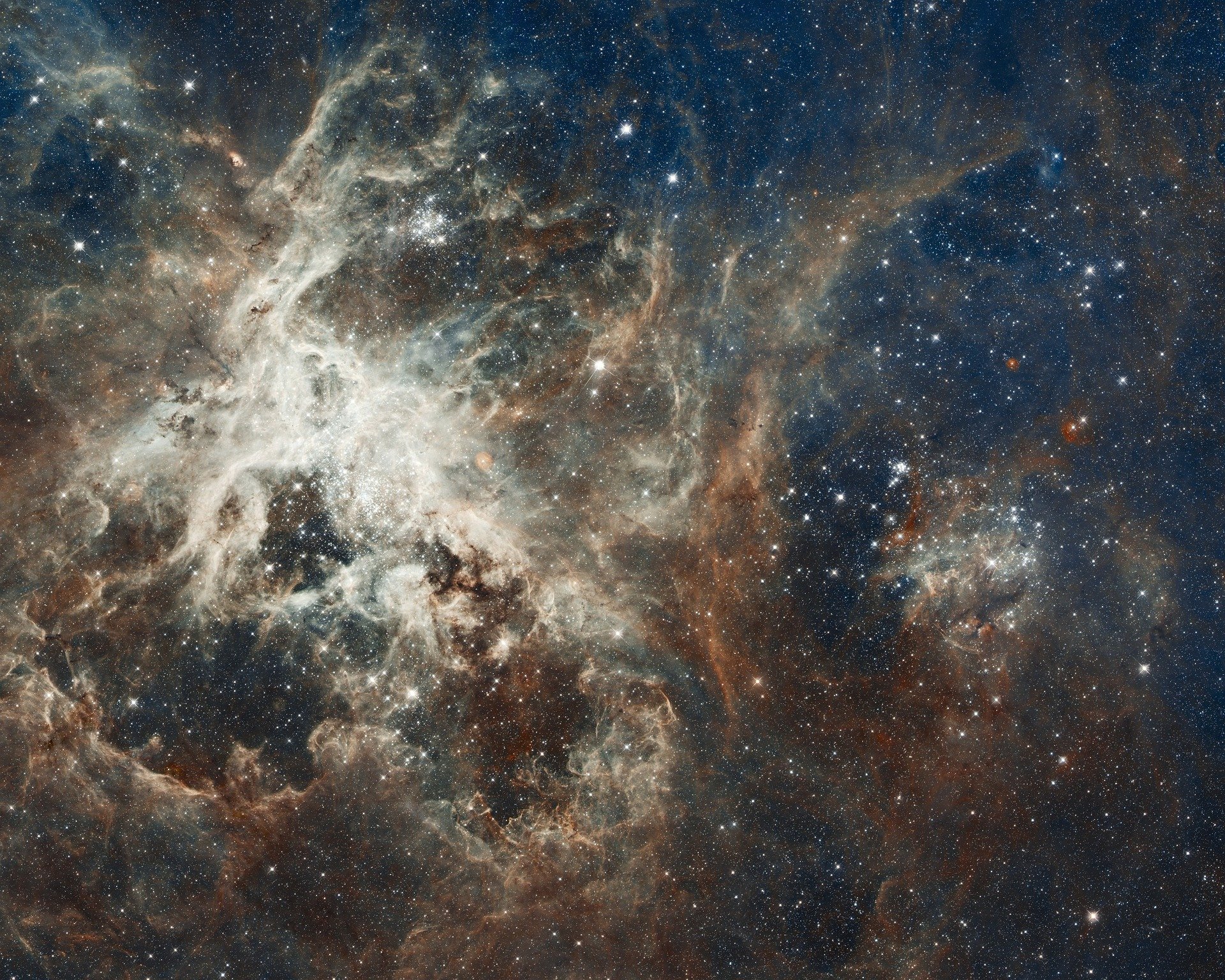Any threat posed by the 30000 asteroids that are approaching Earth so closely?

[Summary: One million asteroids have been identified by astronomers so far, scattered around the solar system. The impact of an asteroid depends on its size, speed, and angle of impact. Earth’s orbit can be up to 45 million kilometers away from the asteroid. DART, NASA’s mission to change the path of an asteroid, has moved a stadium-sized space rock further than expected. A meteorite’s average impact angle is 45 degrees, according to the European Space Agency (ESA).]
The list of asteroids that are on a path that brings them close to Earth has exceeded 30,000. The European Space Agency stated this days after NASA announced that it had successfully changed the course of an asteroid in outer space. These number of nearby objects are moving in close proximity to Earth’s orbit around the Sun.
The majority of these space rocks, which are located within 1.3 Astronomical Units (au) of the Sun – where 1 au is the distance between the Sun and Earth – have only been discovered recently. Our planet’s orbit can be up to 45 million kilometers away from the asteroid. One million asteroids have been identified by astronomers so far, scattered around the solar system.
Asteroids, speed of them and potential damage on impact
Asteroids are small, rocky objects that orbit the sun. They are left over from the formation of our solar system and are thought to be made up of the same material as the planets.
Most asteroids orbit in a belt between Mars and Jupiter, but some have orbits that bring them closer to Earth. These nearby objects are called Near-Earth Objects (NEOs).
The average speed of an asteroid is about 22 km/s, but they can range from very slow to very fast. The impact of an asteroid depends on its size, speed, and angle of impact. A small asteroid hitting the Earth at a low angle could cause regional damage, while a large asteroid hitting the Earth at a high angle could cause global devastation.
DART, NASA’s mission to change the path of an asteroid, has accomplished its target and moved a stadium-sized space rock further than expected.
On Sept. 26, 2022, DART smashed into the 525-foot-wide (160-meter) asteroid moonlet Dimorphos as planned, successfully demonstrating the “kinetic impact” planetary defense strategy.
How many asteroids are on a path that brings them close to Earth?
According to the Nasa Joint Propulsion Laboratory, an asteroid is classified as a near-Earth object if its distance from our planet is less than 1.3 times the distance from Earth to the Sun (the Earth-Sun distance is roughly 93 million miles).
The first near-Earth asteroid discovered was (433), Eros, discovered in 1898 by Carl Gustav Witt and Felix Linke at Berlin’s Urania Observatory. According to the European Space Agency, the stony asteroid’s orbit brings it within 22 million km of Earth – 57 times the distance between the Earth and the Moon.
Aside from ground-based telescopes, astronomers rely on Hubble and other observatories, such as Gaia, to chart the asteroid’s path and examine its orbital movement. Gaia is already working on a mission to catalog one billion stars in the galaxy, which has helped contribute to a better understanding of asteroid risks.
Tineke Roegiers, community support for the Gaia mission, stated in a statement that Gaia has improved our understanding of the stars in the galaxy that serve as a backdrop to asteroid observations. According to Roegiers, the positions of asteroids are ascertained by comparing them to the background stars; thus, the better one knows where the stars are, the more precisely the orbits of asteroids can be computed.
Potential threat?
Most asteroids are small, with diameters of a few meters to a few tens of meters. They typically travel at speeds of several kilometers per second.
The impact of an asteroid depends on its size, speed, and angle of impact. The size of the crater decreases as the angle of impact decreases. This means that for an object of a specific size and speed, the crater will be the largest if the impact is perpendicular, and the smallest if the impact angle is similar to zero degrees. A meteorite’s average impact angle is 45 degrees.
But astronomers claim that none of the near-Earth asteroids discovered so far are currently a concern. However, for at least a hundred years, some of them could still pass through Earth’s atmosphere and survive entry.
When it comes to large and potentially devastating asteroids larger than 1 km across and above, as ESA says, the majority have been discovered and none show an impact risk for at least a century. “For those that could impact later, we have plenty of time to study them and prepare a deflection mission,” said ESA.
Auto Amazon Links: No products found.


